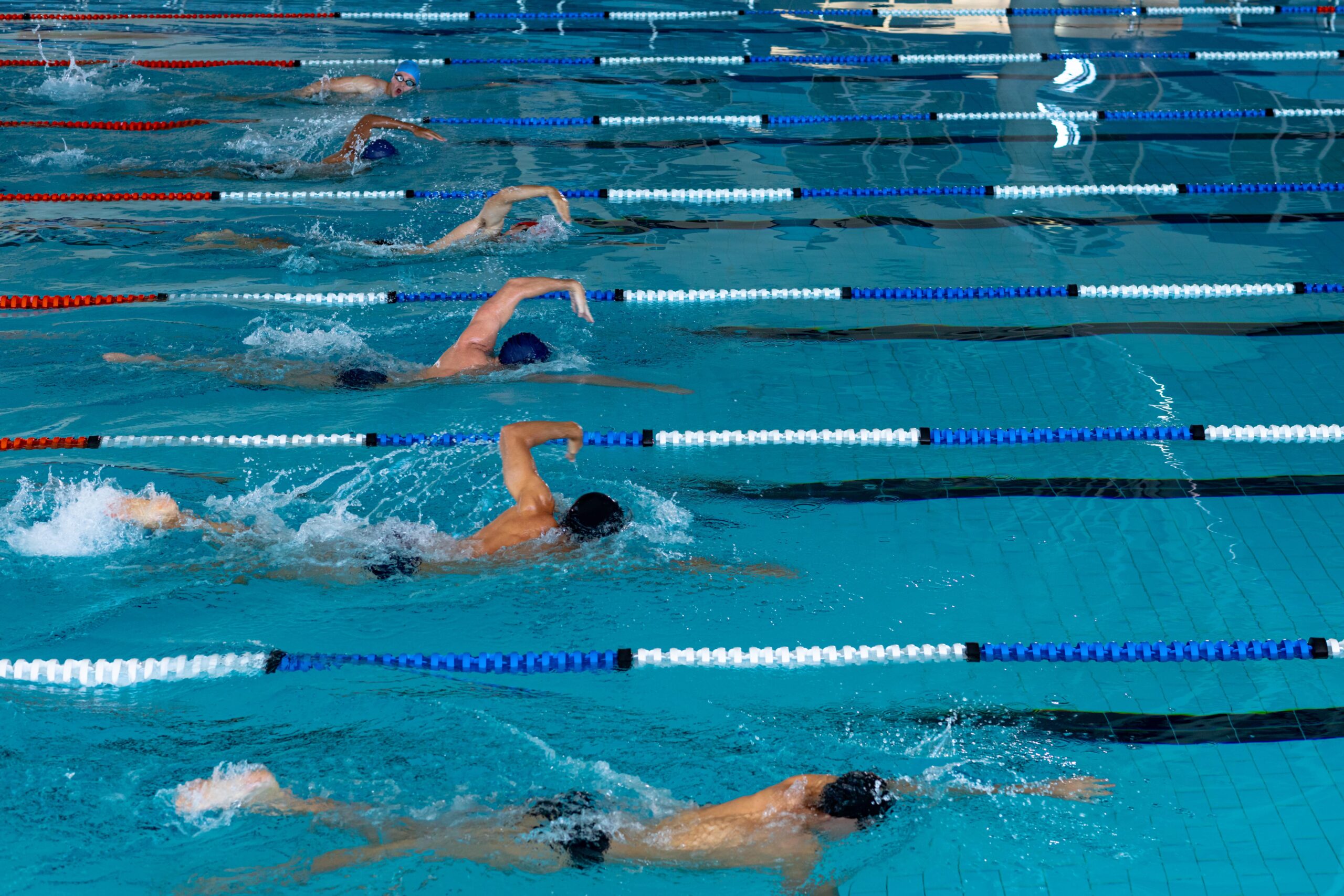Sport: a head-to-head competition of athletic ability, mental toughness, and physical strength. It takes thousands of hours of work and determination in practicing the same thing time and time again to be better than your competitors. With millions of people competing for the same gold medal or the same Olympic title, the race sometimes comes down to hundreds of a second or a fraction of a point. Over the years, the most accurate technology has been developed and is continuing to be improved, to ensure both fairness and accuracy in all sports.
Whether it is gymnastics, track and field, table tennis, or golf, each sport has grown to a level that sometimes the winner cannot be detected by the naked eye. Also, the more the sport grows, the larger the database of records and performances, making sports analysis an ever-growing profession that is increasingly detailed.
For swimming specifically, races are timed with a timing system that measures to the hundredth of a second. OMEGA and Daktronics are two of the largest timing systems that are approved by Swimming and Sport organizations. Just below the surface of the water, in each lane and at both ends of the pool, sits a large yellow touchpad. This touchpad is the same size as the wall, so when the swimmer flips or touches the wall the finish the race, there is no chance they will miss the touchpad and not stop the clock. This technology uses pressure to trigger the clock, and the speed of the swimmer travelling through the water is enough to trigger the sensor.
Along with the touchpad in the water, there is sensor technology in the starting blocks that measures reaction times. For a flat start, or the start of an individual race, no faster than 0.30 reaction time is allowed. For the relay events and takeovers, when one swimmer dives over another when they finish their leg of the race, no faster than a negative 0.03 reaction time is allowed. Any recorded reaction time quicker than those two standards resulted in a disqualification for a false start.
Timing systems are one of, if not the most important part of ensuring accurate results and fair play in the sports that require timed results. Other technologies have evolved too. In and above the pool are cameras, that can measure speed, distance per stroke, and velocity through the water. With this information, we can compare past swims and spot areas of improvement. This video is an example of a test set performed during training to measure stroke rate and stroke speed. Doing repeated sets is an instrumental way to measure the progress of your swims. SwimSwam has one of the largest databases of public historical swimming statistics.
As sports grow and as the competition gets tighter, technology needs to constantly be improved and innovated to catch history-making events. Sport is an amazing opportunity to showcase natural ability, so it is important to have electronic systems that hold nothing back for the athletes.







